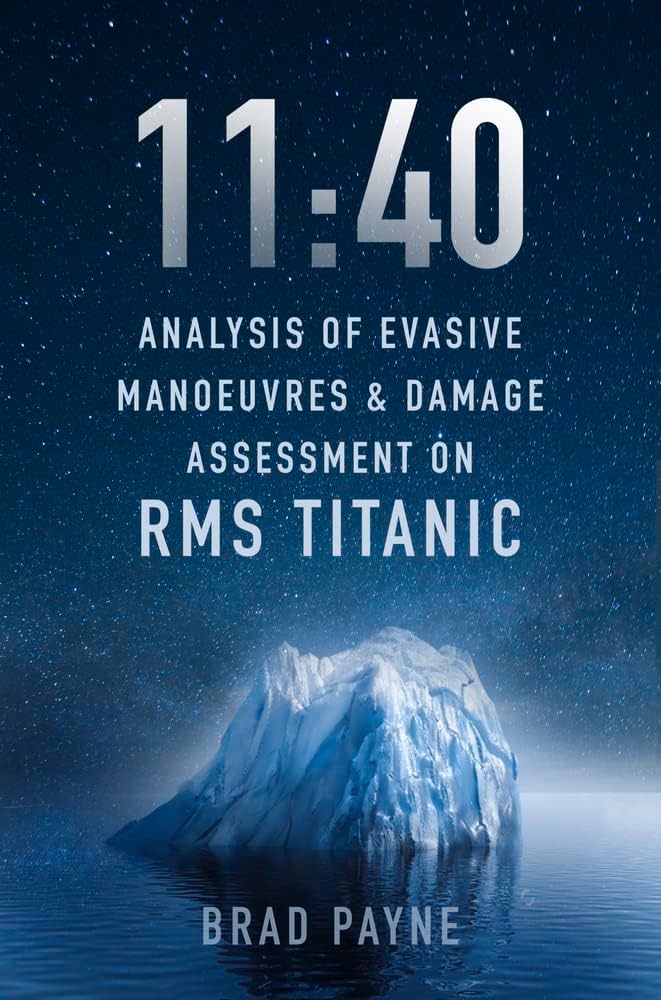A Titanic Effort: University of Puget Sound Staff Member Publishes New Book About Familiar Subject

By Grace Farrell
Nearly everyone is familiar with the story of the Titanic, which sank after colliding with an iceberg in 1912. The Titanic sparks interest for many because the esteemed ship met such an unexpectedly tragic fate, and the 1997 film further integrated the story into modern pop culture. For some, however, the ship’s story is more of a long-term fascination.
Brad Payne, Puget Sound Dining and Event Services’ Senior Outlets Manager and musician, is one such individual. He’s been intensively researching the Titanic for over 20 years. After her wreck was discovered in 1985, Payne became fascinated with the famous ship as a young boy and proceeded to spend the next several decades exploring the logistics of her collision. Payne dove into found footage, read magazines and books, and eventually encountered survivor testimonies in order to piece together a comprehensive understanding of the incident. But it wasn’t until he encountered David G. Brown’s book, “The Last Log of the Titanic”, that the desire to consider withstanding perspectives of the collision emerged.
“It offered a new angle to the story that I’ve never heard about or read before,” Payne said. “I realized that I don’t agree with a lot of his conclusions; it still forced me to pretty much rethink everything.”
Payne began to publish articles about new “tidbits” of information from the Titanic that emerged from his research findings and went on to draft two long-form essays. Eventually, he decided to undertake what he called a “labor of love” and convert his work into a more cohesive format. Payne is now a published author; his book, “11:40: Analysis of Evasive Maneuvers & Damage Assessment on RMS Titanic” was released Oct. 3 in the U.S. and was published earlier this year in the U.K.
As the title suggests, his book consists of two major portions: a damage assessment and an exploration of how various aspects of the ship responded to the collision. The damage assessment Payne conducts is especially unique; he remarks that this is something “no one has ever written” about before.
In his publication, Payne aimed to unpack previous misconceptions about the wreck. One such notion was showcased in James Cameron’s Titanic, which depicts the engines being put in reverse following the collision. This was refuted after the movie’s release, which Brad Payne confirms and elaborates on in his book.
Payne is especially proud of two segments in the publication, one of which discusses “the movements of the ship after the iceberg,” and another outlining “a generalized idea of when and how the ship was going to be evacuated,” especially because the elaboration he provides on these subjects is unusually comprehensive
The book also includes a timeline portion that pieces together where individuals were at specific points and how different portions of the ship interacted with the iceberg. This was especially hard for Payne to craft, as having to “piece together” such an ever-evolving narrative proved to be quite complex, especially with a publication deadline looming over him.
Thankfully, after completing this lengthy writing process, Payne had little difficulty with the publishing process and got his proposal approved almost immediately.
